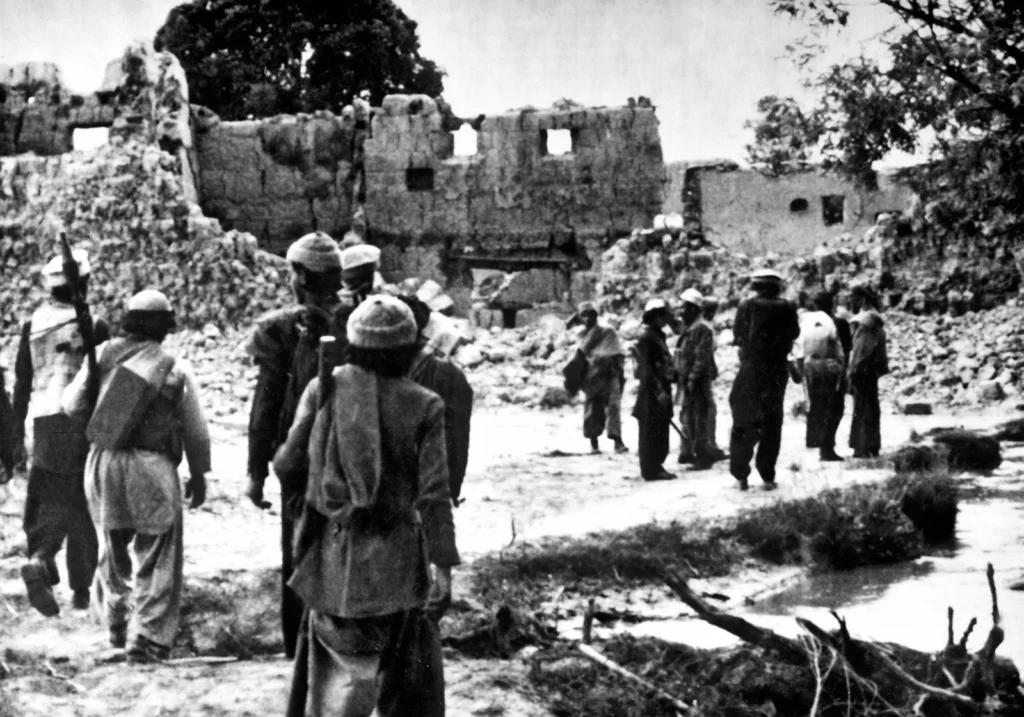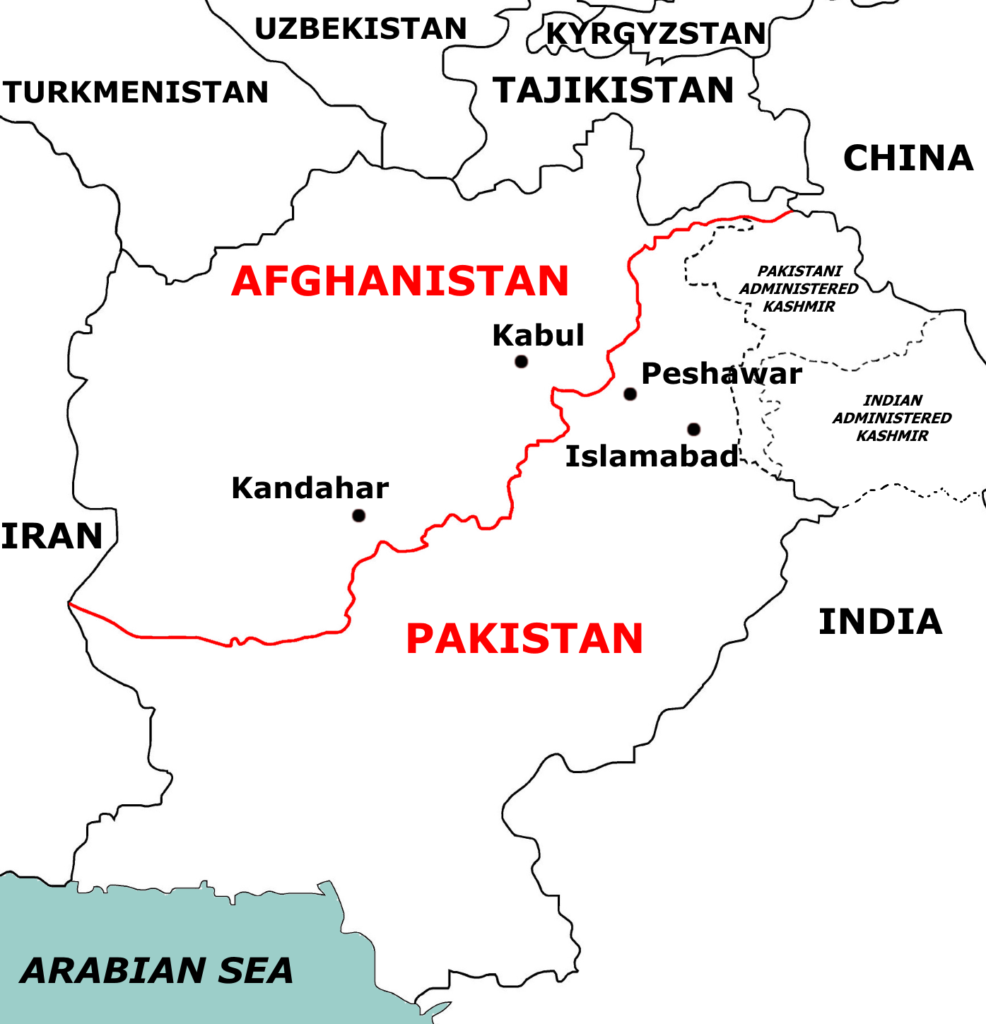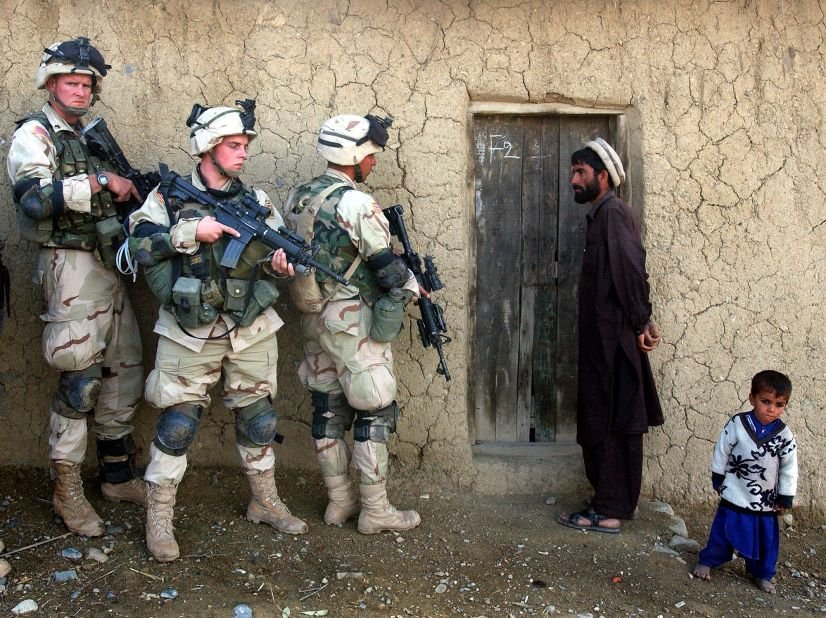The relationship between the United States and Afghanistan has been multifaceted, characterized by periods of cooperation, conflict, and complex geopolitical dynamics. This intricate relationship has evolved over decades, influenced by factors such as regional power struggles, counterterrorism efforts, and the pursuit of stability in South Asia. From the Cold War era to the post-9/11 era, the United States has played a significant role in shaping Afghanistan’s political landscape and socio-economic development. This essay will delve into the historical background, key events, diplomatic engagements, military interventions, and current challenges in the U.S.-Afghanistan relationship.
Historical Context:
Cold War Era:
The U.S.-Afghanistan relationship traces its roots back to the Cold War era when Afghanistan maintained close ties with the United States, receiving economic and military assistance to counter Soviet influence in the region. The 1950s and 1960s saw Afghanistan as a recipient of American aid, aimed at bolstering its infrastructure, education, and military capabilities. However, the relationship began to sour with the Saur Revolution in 1978, which led to the rise of a communist government and subsequent Soviet intervention.
Soviet Invasion and Mujahideen Resistance:
The Soviet invasion of Afghanistan in 1979 marked a turning point in the U.S.-Afghanistan relationship. The United States, along with Pakistan and other allies, supported the Afghan mujahideen resistance against Soviet forces through covert operations and military aid. This support, channeled primarily through Pakistan’s intelligence agency, the Inter-Services Intelligence (ISI), included weapons, training, and financial assistance. The conflict became a proxy war between the United States and the Soviet Union, with Afghanistan serving as the battleground.
Rise of the Taliban and Post-Soviet Era:
Following the Soviet withdrawal in 1989, Afghanistan plunged into a civil war characterized by factional fighting among mujahideen groups. Amidst the chaos, the Taliban emerged as a dominant force, capturing Kabul in 1996 and establishing an Islamic Emirate. During this period, the United States maintained limited engagement with Afghanistan, focusing on regional stability and counterterrorism efforts. The Taliban’s sheltering of Osama bin Laden and al-Qaeda operatives would later become a focal point in U.S. foreign policy.

Post-9/11 Era:
War on Terror and Invasion of Afghanistan:
The 9/11 attacks in 2001, orchestrated by al-Qaeda from its base in Afghanistan, prompted the United States to launch a military intervention, Operation Enduring Freedom. The primary objective was to dismantle al-Qaeda and oust the Taliban regime, which harbored terrorists. In October 2001, U.S.-led coalition forces, with support from Afghan factions opposed to the Taliban, swiftly toppled the Taliban government. The Bonn Agreement in December 2001 established a transitional government under President Hamid Karzai and outlined a roadmap for political reconstruction and nation-building.
Nation-Building and Reconstruction Efforts:
The post-Taliban era saw extensive U.S. involvement in Afghanistan’s reconstruction and democratization process. The United States, along with international partners, invested billions of dollars in rebuilding infrastructure, establishing governance structures, and promoting human rights, particularly women’s rights. The establishment of the Afghan National Army (ANA) and Police (ANP), with U.S. military assistance and training, aimed to enhance security and counter insurgent threats.
Surge and Drawdown:
In 2009, President Barack Obama announced a troop surge, increasing U.S. military presence in Afghanistan to counter resurgent Taliban forces and stabilize the country. However, the prolonged conflict and mounting casualties prompted calls for a reevaluation of the U.S. strategy. In 2014, NATO officially ended its combat mission in Afghanistan, transitioning to a training and advisory role for Afghan security forces. The U.S. began reducing its troop levels, aiming to withdraw combat troops by the end of 2014.
Bilateral Security Agreement and Continued Engagement:
In 2014, President Ashraf Ghani’s election marked the first peaceful democratic transition of power in Afghanistan. Ghani signed the Bilateral Security Agreement (BSA) with the United States, allowing for a residual U.S. military presence and continued support for Afghan security forces beyond the drawdown. The agreement also provided a framework for ongoing cooperation in counterterrorism operations and capacity-building initiatives.
Current Dynamics:
Security Challenges:
Despite years of international intervention and investment, Afghanistan continues to grapple with security challenges, including Taliban insurgency, terrorism, and internal strife. The Taliban’s resurgence, fueled by external support and internal grievances, poses a significant threat to stability and undermines efforts for peace and reconciliation. Moreover, the emergence of ISIS-Khorasan (ISIS-K), an affiliate of the Islamic State, further complicates the security landscape, perpetuating violence and instability.

Peace Process and Negotiations:
Efforts to broker a lasting peace in Afghanistan have been ongoing, with intermittent negotiations between the Afghan government, Taliban representatives, and international stakeholders. The U.S.-Taliban peace deal signed in February 2020 aimed to facilitate intra-Afghan dialogue, ceasefire agreements, and eventual political settlement. However, progress has been slow and marred by setbacks, including increased violence, disagreements over power-sharing, and the Taliban’s reluctance to commit to a comprehensive peace agreement.
Humanitarian Concerns and Development:
Afghanistan faces pressing humanitarian challenges, exacerbated by protracted conflict, natural disasters, and socio-economic vulnerabilities. Issues such as food insecurity, displacement, healthcare access, and education remain critical priorities for international assistance and development efforts. The withdrawal of foreign aid and diminishing resources further strain the country’s fragile economy and social fabric, posing long-term risks to stability and resilience.
Regional Dynamics and Geopolitical Interests:
Afghanistan’s strategic location and natural resources have attracted regional and global interests, shaping geopolitical dynamics and regional rivalries. Neighboring countries, including Pakistan, Iran, Russia, and China, have vested interests in Afghanistan’s stability, security, and economic potential. Competing agendas, historical grievances, and divergent priorities influence their engagement with Afghan stakeholders and involvement in peace initiatives.

A complex interplay of historical legacies, strategic interests, and evolving dynamics characterizes the U.S.-Afghanistan relationship. From Cold War rivalries to post-9/11 interventions, the relationship has witnessed periods of cooperation, conflict, and transition. Despite significant investments in reconstruction and security assistance, Afghanistan continues to grapple with enduring challenges, including insurgency, governance deficits, and humanitarian crises. Moving forward, sustained diplomatic efforts, inclusive dialogue, and coordinated international support are imperative to address the root causes of conflict, promote sustainable development, and achieve a durable peace in Afghanistan.
